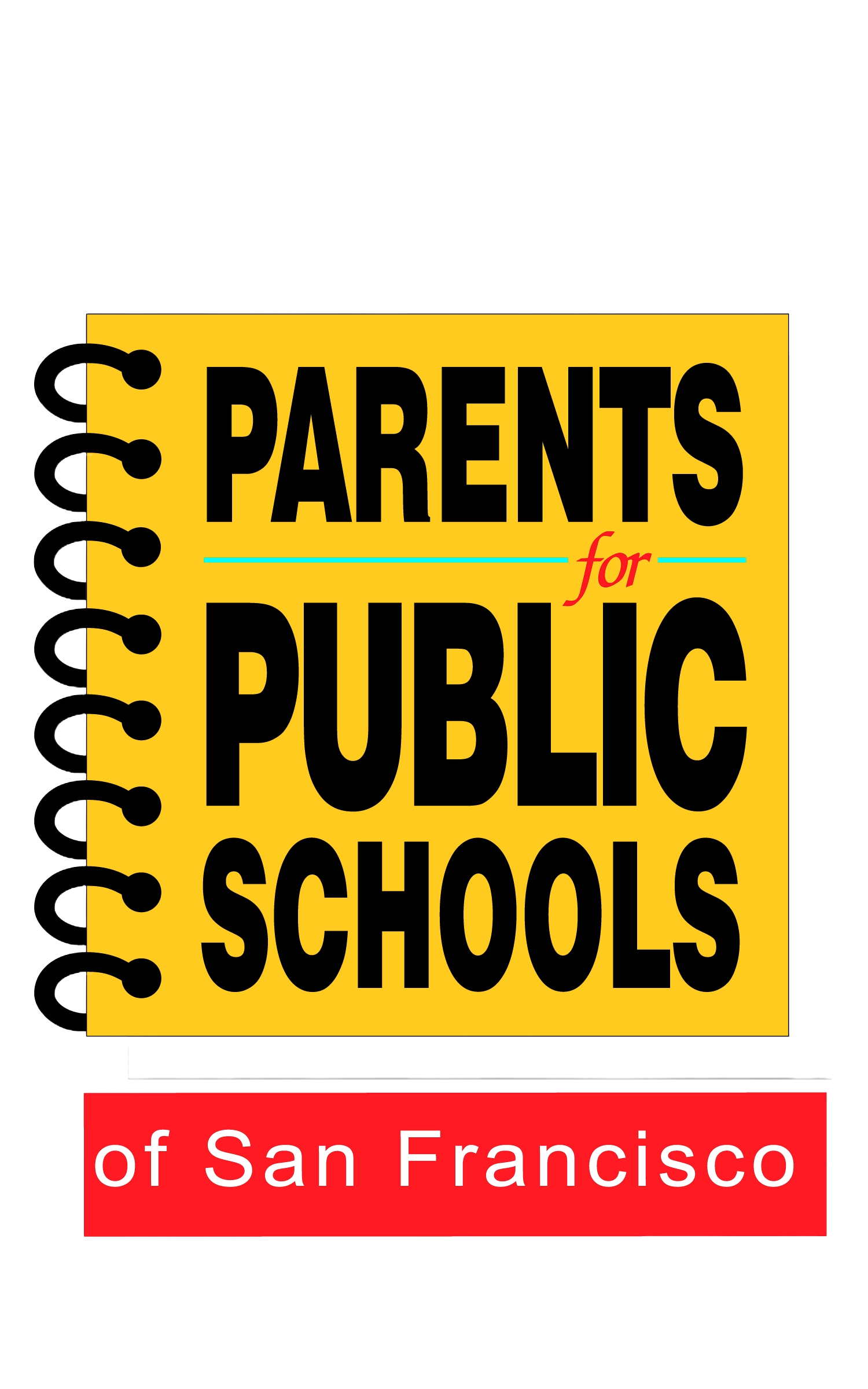High School Task Force
The High School Task Force committee will meet once a month for a year with three meetings already completed. According to the 21-22 district enrollment, 48.9% of students and families are socioeconomically disadvantaged. There are 11 parents and caregivers on the committee, with the median income between 128k and 172k. Will our families that are/was historically ignored be heard?
After attending one of the High School Task Force meetings (the third one scheduled), which is open to the public, and one of the community meetings (the one at Visitacion Middle School) I had more questions than answers. I did not expect answers to all my questions in just two meetings, but I was not expecting more questions.
What I noticed in the members meeting and community meetings were small and did not really represent the demographics of the entire school district. Although the members appeared diverse, as mentioned in an earlier article, however there still seems to be a disproportionality in the representation of the task force across SF school communities. According to parent reports the community meeting at Presidio Middle School was much larger than the one at Visitacion Valley. One person who attended the Community Listening Session at Visitacion Valley Middle School stated that reason they knew about it was because a staff member happened to mention it, which was helpful to know.
I wonder if the time of day, 9-12pm on a Saturday morning, is impacting attendance, for example people may not be available to go due to work or the day being their only day off? I also wonder how the community listening meetings get promoted across school sites and with their communities?
The thing I found most surprising in both the member meeting and the community meeting was that it appeared to lack content expertise and questions pertaining to special education. I found that to be very disheartening. It feels like a large population of students are being excluded from the high school task force conversation.
In the next High School Task Force article I write, I will delve deeper into and invite you to share your thoughts to communication@ppssf.org:
What would a discussion for special education look like at this point in the process?
How can we bring the experts of special education to the table now?
What could helpful strategies look like at this point in the process that can support High School Task Force outcomes?
Dorothy
Community Development Officer

